Archives
- 2025-10
- 2023-07
- 2023-06
- 2023-05
- 2023-04
- 2023-03
- 2023-02
- 2023-01
- 2022-12
- 2022-11
- 2022-10
- 2022-09
- 2022-08
- 2022-07
- 2022-06
- 2022-05
- 2022-04
- 2022-03
- 2022-02
- 2022-01
- 2021-12
- 2021-11
- 2021-10
- 2021-09
- 2021-08
- 2021-07
- 2021-06
- 2021-05
- 2021-04
- 2021-03
- 2021-02
- 2021-01
- 2020-12
- 2020-11
- 2020-10
- 2020-09
- 2020-08
- 2020-07
- 2020-06
- 2020-05
- 2020-04
- 2020-03
- 2020-02
- 2020-01
- 2019-12
- 2019-11
- 2019-10
- 2019-09
- 2019-08
- 2019-07
- 2019-06
- 2019-05
- 2019-04
- 2018-07
-
br Conclusions The present study demonstrated that CuE posse
2019-11-25
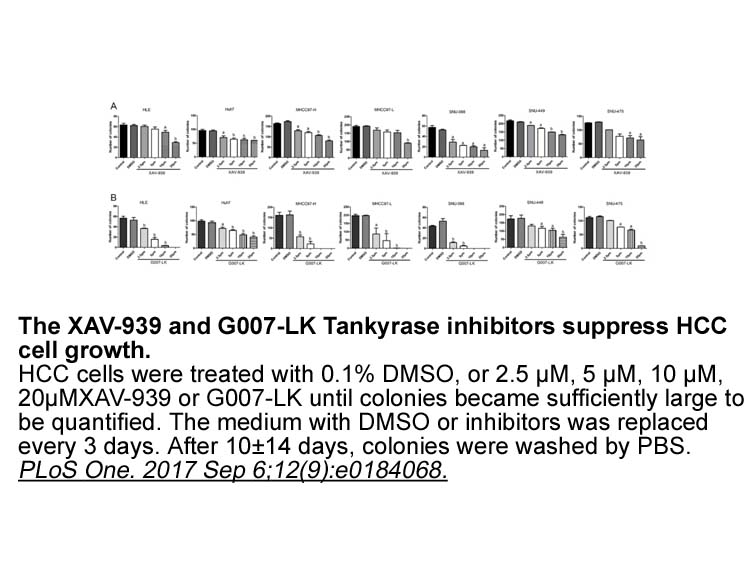
Conclusions The present study demonstrated that CuE possesses strong hepatotoxicity. CuE is not only a mechanism-based inhibitor of human CYP3A4, but also inhibits P-gp activity in vitro. In whole animal studies, CuE induces CYP3A and P-gp after a long-term treatment but inhibits the activities o
-
The final test that was
2019-11-25
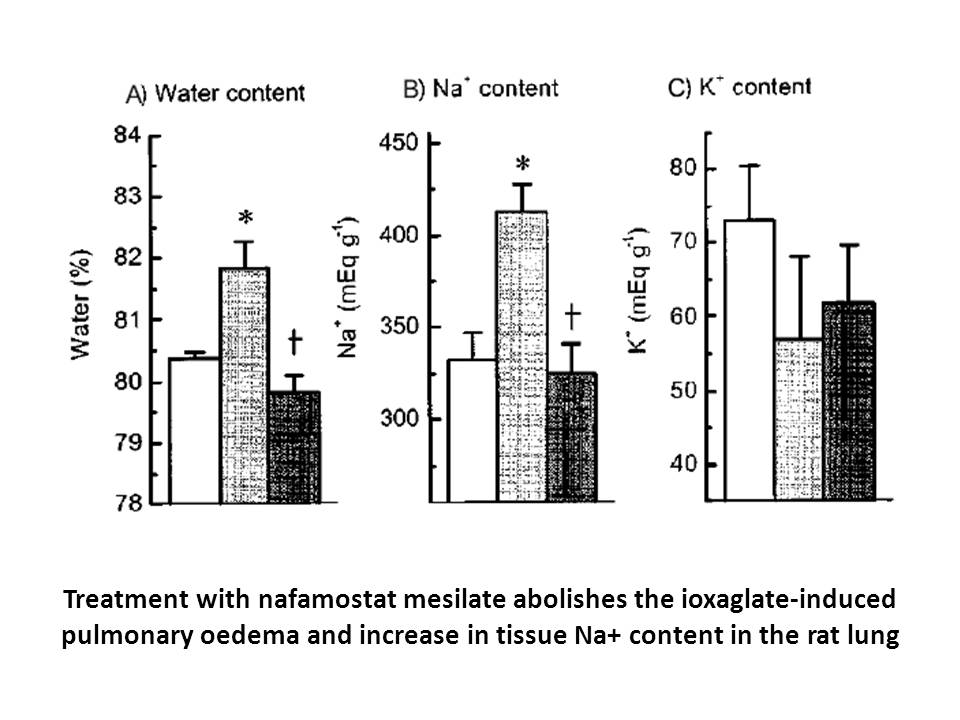
The final test that was performed was to determine whether the trigger points of the current limiters are stable across a wide temperature range. This test was performed within a thermal-vacuum chamber on each current limiter individually. All the current limiter trip currents were set to approximat
-
br Acknowledgements br The oxygenation
2019-11-25
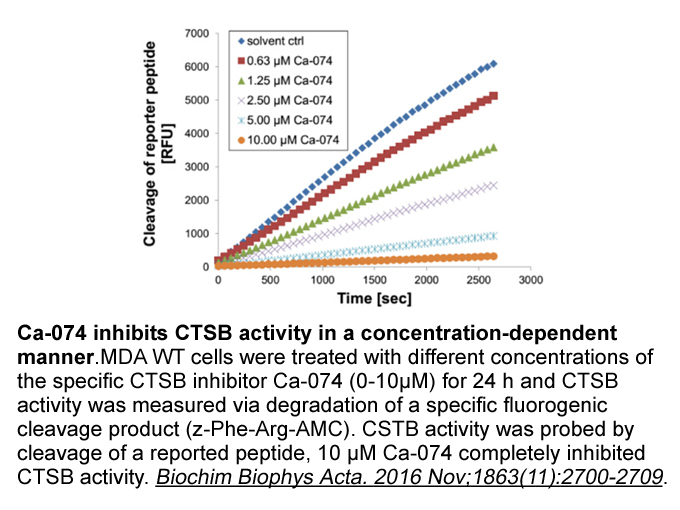
Acknowledgements The oxygenation level has an impact on various aspects of skin physiology, but mechanisms of these effects, including the role of hypoxia in epidermal differentiation, are still poorly understood. The main components of the hypoxia pathway are short-lived transcription factor H
-
d-glucose mg In a recent report Yoshihara and colleagues use
2019-11-25
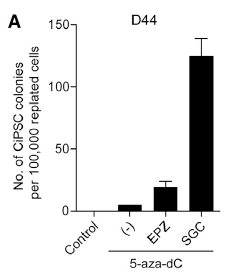
In a recent report, Yoshihara and colleagues (2016) used transcriptomes derived from freshly isolated islets of 2-week-old neonatal, 6-week-old young adult, or 12-week-old adult mice to interrogate how maturation is regulated to acquire glucose responsiveness. The authors observed that estrogen-rela
-
Bialaphos sodium salt Fisetin tetrahydroxyflavone is a flavo
2019-11-25
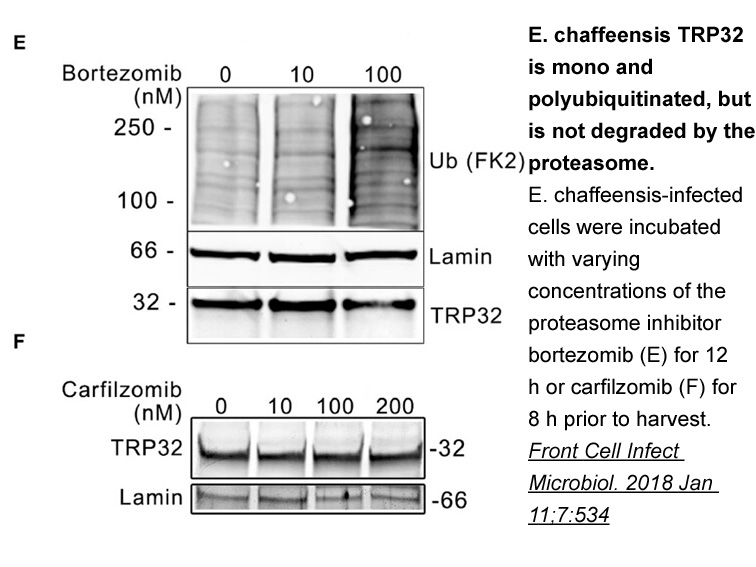
Fisetin (3,3′,4′,7-tetrahydroxyflavone) is a flavonol present in several fruits and vegetables such as grape, persimmon, strawberry, apple, and onion at concentrations rangeing from 2 to 160 μg/g. Fisetin is a well–known bioflavonoid with remarkable biological effects including chemopreventive/chemo
-
In different body organs a number of biological
2019-11-25
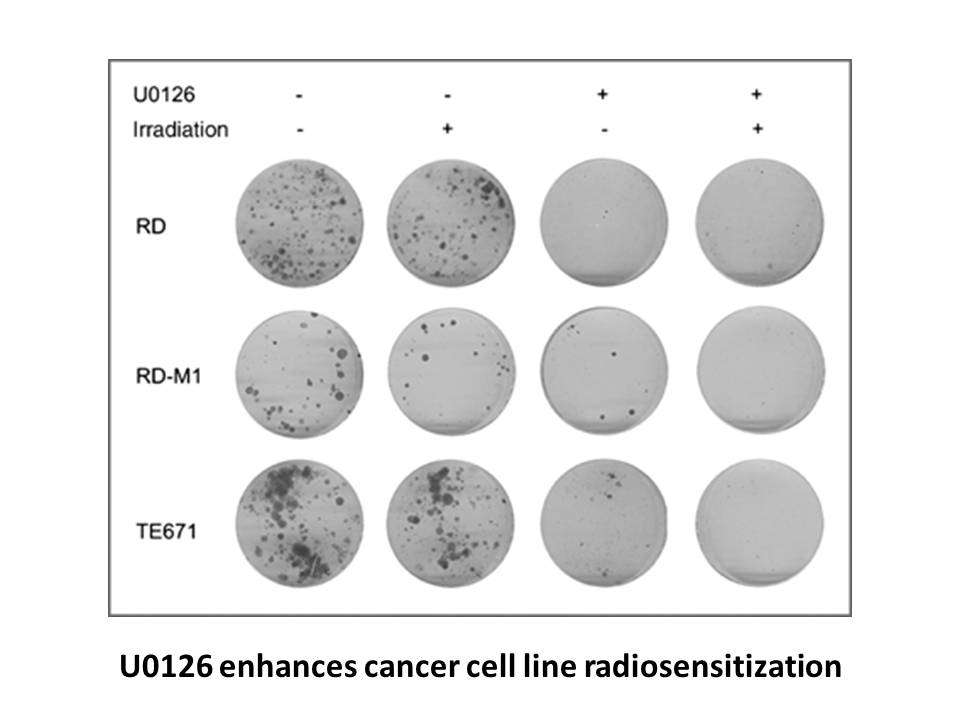
In different body organs, a number of biological functions are generally mediated by binding of the extracellular substances to the particular transmembrane receptors, which results in subsequent signal stimulation by intracellular signaling cascades. These cascades function over the complex network
-
Nrf and HO are key factors
2019-11-22
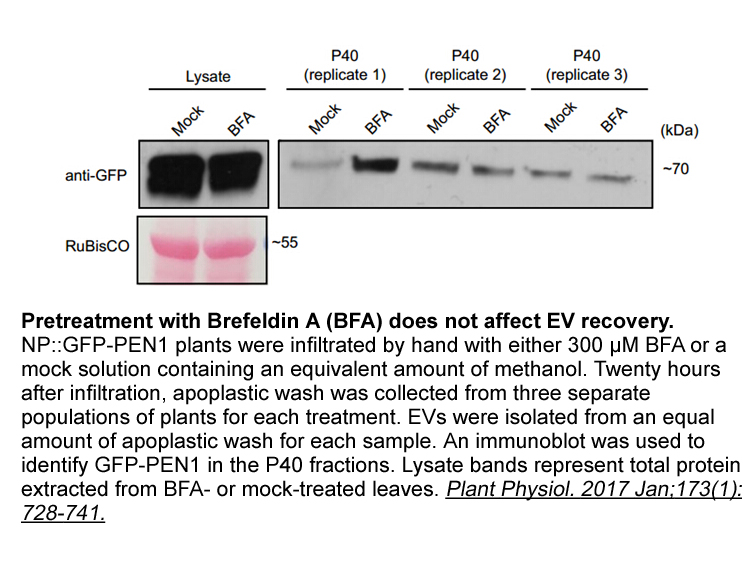
Nrf2 and HO-1 are key factors in the regulation of oxidative stress in the body. Research has shown that KLF2 can activate Nrf2 and HO-1 [14]. To investigate the mechanisms by which KLF2 regulates eNOS uncoupling and oxidative stress, Nrf2 was inhibited or HO-1 was knocked down in KLF2 overexpressin
-
More recently Boskovic et al have visually corroborated that
2019-11-22
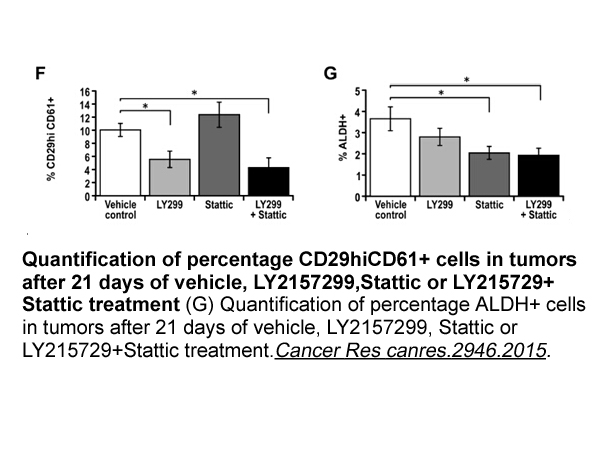
More recently, Boskovic et al. (2003) have visually corroborated that purified DNA-PKcs can bind short DNA fragments by using single particle EM. DNA biotinylated at the 5′ end was labelled by coupling to commercial streptavidin–gold particles (Fig. 4D). When analysed in the microscope, DNA-PKcs mol
-
br Funding br Conflict of interests br Introduction
2019-11-22
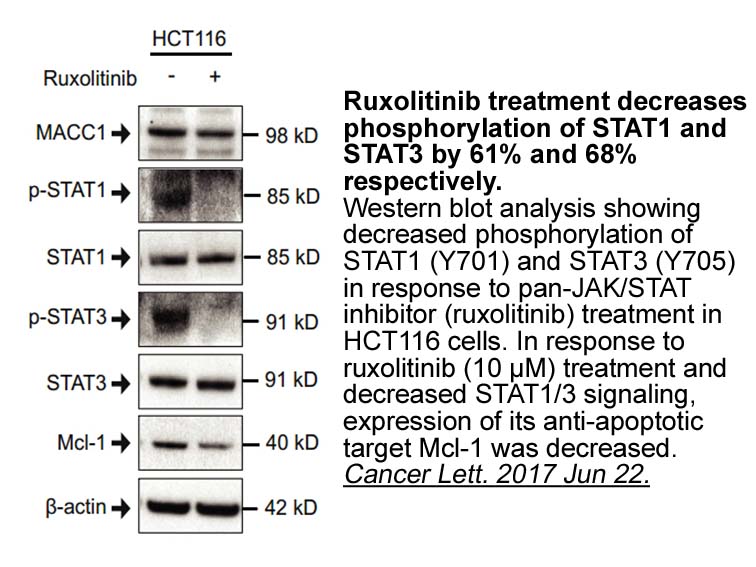
Funding Conflict of interests Introduction DAG is generated by the hydrolysis of phosphatidylinositol-4,5-bisphosphate (PtdIns(4,5)P2) by PtdIns-specific phospholipase C (PLC) enzymes [1]. Remaining in the membrane, it binds proteins with cysteine-rich, C1 domains, and activates several of
-
Reversine We have previously reported DAPK inhibitors discov
2019-11-22
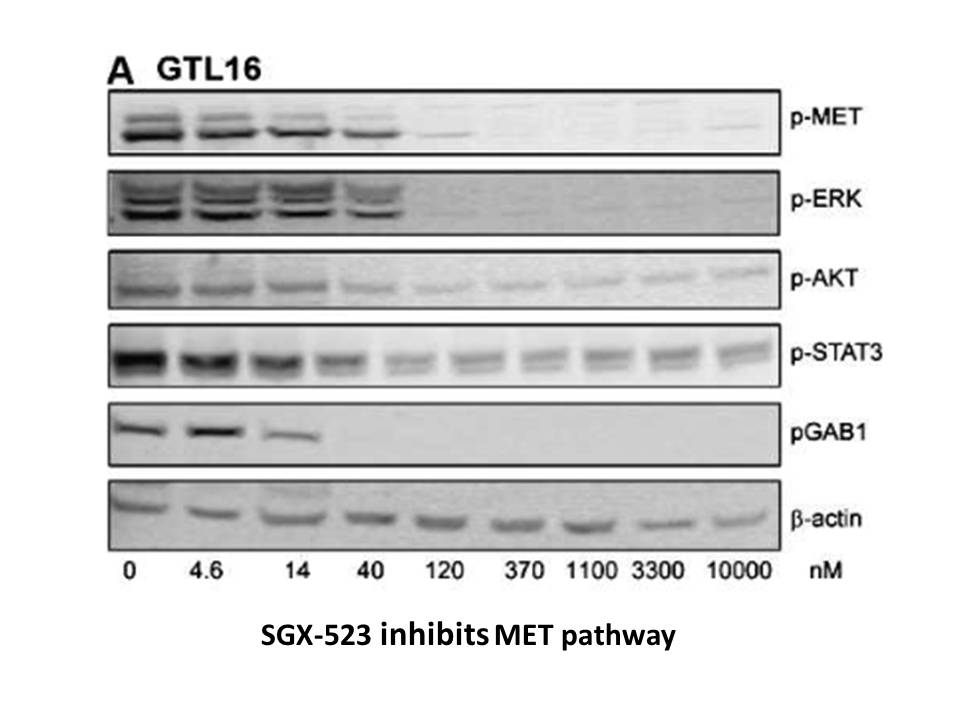
We have previously reported DAPK inhibitors discovered through our structure-based virtual screening (SBVS) research program. In this paper, we describe the general protocol of our in silico approach, and the strategy used to develop hit compounds. In addition, the studies conducted on the structure
-
A-1155463 The excitatory amino acid L glutamate or
2019-11-22
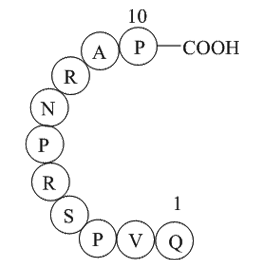
The excitatory amino A-1155463 L-glutamate or glutamate mediates most of the excitatory neurotransmission within the mammalian central nervous system (CNS) and has been implicated in numerous peripheral nervous system (PNS) pathways. The excitatory amino acids, including glutamate, are of great phys
-
Some studies have been conducted
2019-11-22
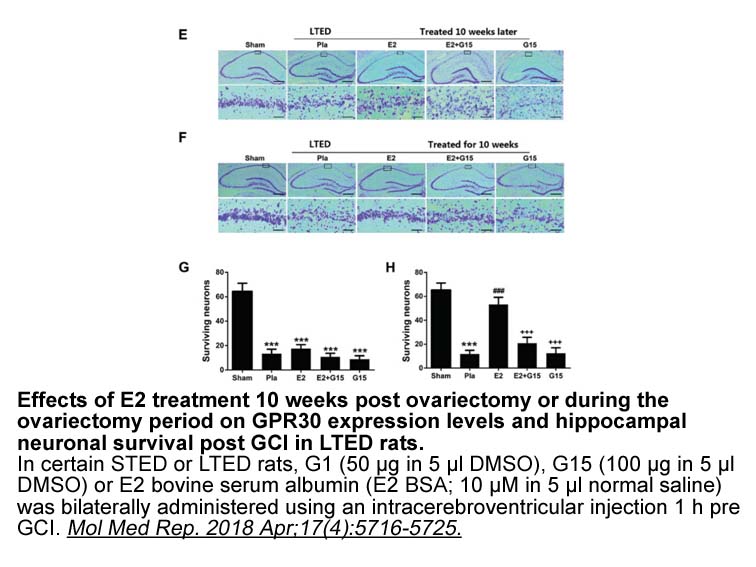
Some studies have been conducted on the activities of CYP450 [[28], [29], [30], [31]]. For example, Chen et al. reported that low-dose aspirin induced the in vivo activity of CYP2C19 in healthy subjects [30], Krasniqi et al. reported that CYP2C8*3 and CYP2C9*2*3 variants correlated with ibuprofen-in
-
P has three subfamilies CYP CYP and CYP
2019-11-21
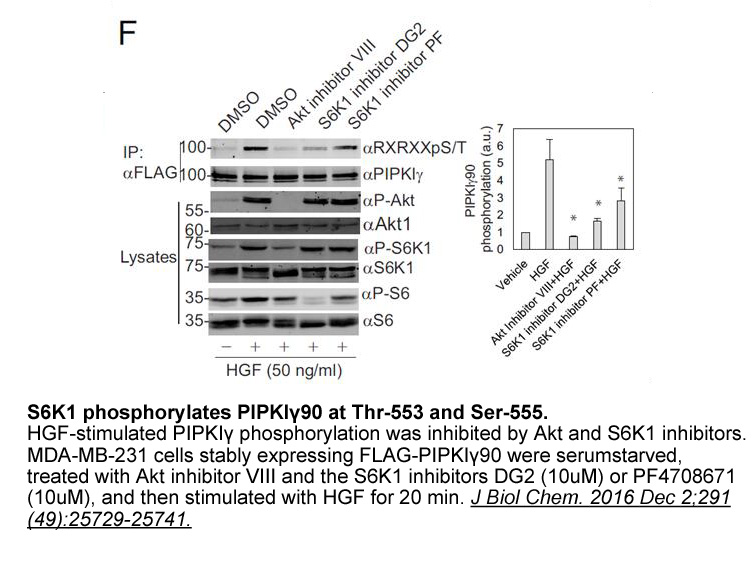
P450 has three subfamilies (CYP1, CYP2, and CYP3), which contribute largely to the oxidative biotransformation of xenobiotics that include most drugs, dietary chemicals, and environmental pollutants. The CYP1 enzymes have great importance in the bioactivation of mutagens and its isoforms are capable
-
br Materials and methods br Results The monoclonal
2019-11-21
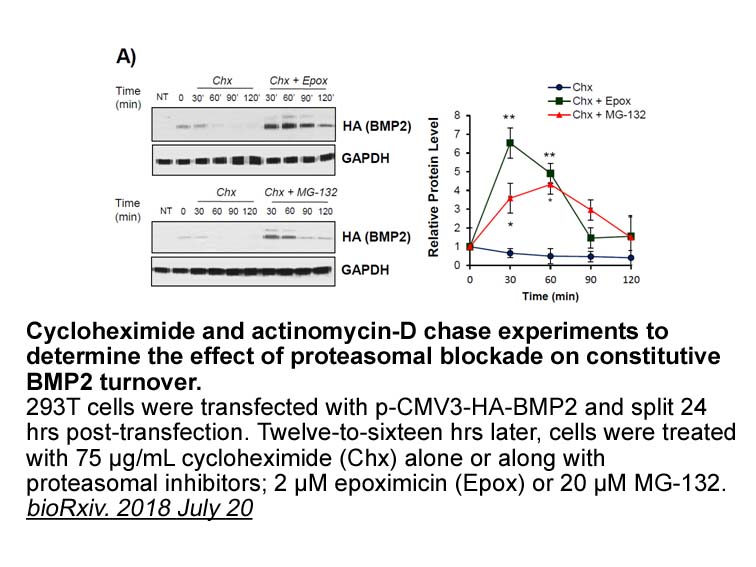
Materials and methods Results The monoclonal antibody (mAb), 12G5, reacts specifically with the human fusin protein and recognizes the protein on many T-cell lines such as the SUP-T1 Myriocin australia (Endres et al., 1996). As shown in Fig. 1, AMD3100 at 25 μg/ml completely inhibited the bin
-
br Material and methods br Results br
2019-11-21
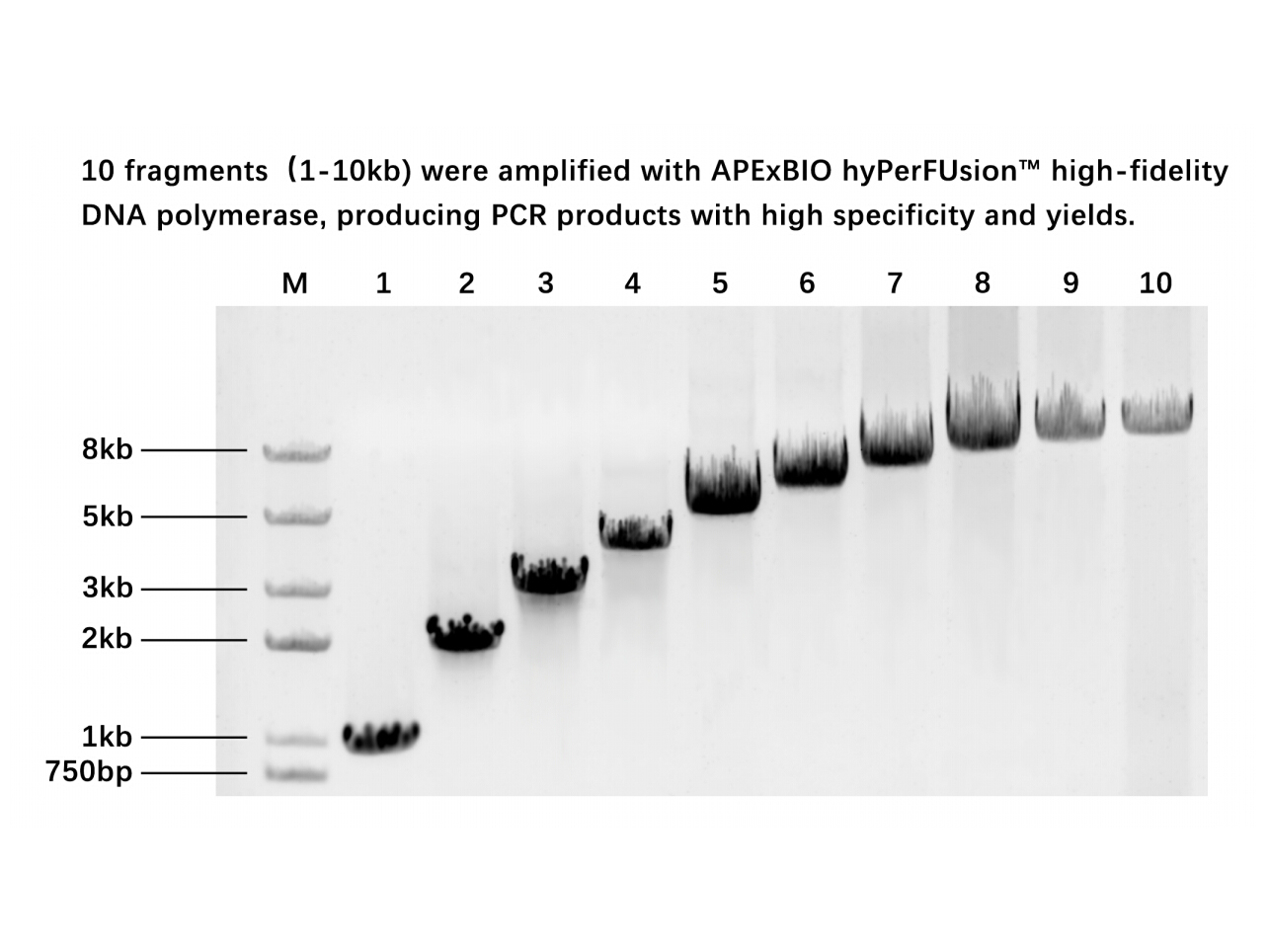
Material and methods Results Discussion In vitro evidence indicates that LAS191859 is a potent CRTh2 antagonist as demonstrated in GTPγS binding studies with potency in the low nanomolar range and in addition it demonstrates a long receptor residence time. This potency is also maintained in
11294 records 634/753 page Previous Next First page 上5页 631632633634635 下5页 Last page